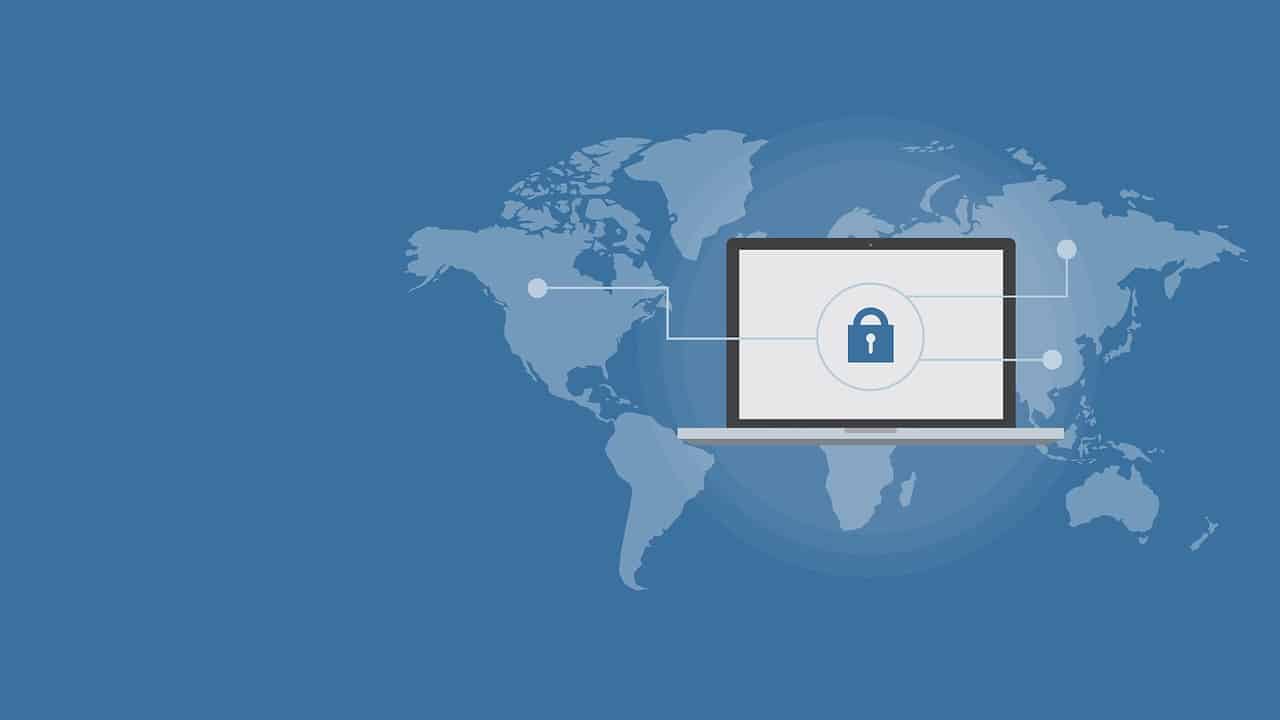One of the most sobering news reports of this year for businesses was the announcement that approximately 190,000 organizations in over 170 countries had been hit by a massive, coordinated, ransomware cyber-attack. Not all of these businesses were disrupted, but many faced significant losses, and it is doubtless that some will go out of business as a result. Such an incident highlights something we have said repeatedly:
Disaster data recovery is critical to all businesses, no matter their size, and the former causes of such recovery efforts no longer define the parameters of business need. Simply put, in our new technological age, each and every organization faces the real possibility of a catastrophic event that could compromise its data integrity and threaten its very existence.
 The key issue is expeditious data and IT systems recovery. The businesses that were not impacted significantly by the recent cyber-attack were those that had robust protection and data recovery systems in place; those that suffered the most damage lacked one or the other critical component. Importantly, it is not just financial loss or blackmail that causes difficulty and irreparable harm. It is also the blow to a business’s reputation and the attending fear and anxiety generated among customers and employees.
The key issue is expeditious data and IT systems recovery. The businesses that were not impacted significantly by the recent cyber-attack were those that had robust protection and data recovery systems in place; those that suffered the most damage lacked one or the other critical component. Importantly, it is not just financial loss or blackmail that causes difficulty and irreparable harm. It is also the blow to a business’s reputation and the attending fear and anxiety generated among customers and employees.
The following are common misperceptions that hinder companies’ ability to take the necessary measures to strengthen their cybersecurity and survive catastrophic events of various kinds:
Solid Cybersecurity is Cost-Prohibitive
In the past, even only a few decades ago, implementing system improvements robust enough to provide solid data backup and recovery might have been exorbitant. Deploying and maintaining additional, physical data centers and managing redundant networks, servers, print materials, storage centers, and all other necessary measures was daunting, if not completely overwhelming. Advances in technology have increased the likelihood of cyber-attacks, but they also have provided solutions that are affordable and manageable.
In particular, cloud-based data recovery provides an excellent option for all businesses, but it is particularly advantageous for smaller companies that might not have been able to dream of cybersecurity only a few years ago. Disaster-recovery-as-a-service (or DRaaS) is a remarkably secure option.
Since DRaaS allows for payment based on storage units, you have the ability to contract only for the amount of assistance you need – meaning smaller businesses can recover data at a proportionately lower cost. Given the costs of traditional, physical data backup and recovery, DRaaS is a much more cost-effective alternative, and it is often more secure, since it is administered by professionals in the field.
On-Site Server Backup is Adequate
Traditional, physical backup presents serious problems for a number of reasons. The most common are:
- They are subject to the same natural disasters that would compromise the primary data systems if housed locally.
- They are subject to the same cyber attack vulnerability if administered internally.
- Recovery and restoration generally take much longer to complete, and every hour, day, and a week without data is significant for most businesses.
The Business is Too Small to Be a Cyberattack Target
If there is one thing that has become apparent with the most recent cyber-attacks, it is that many hackers view small to mid-sized businesses as excellent sources of moderate income (enough to keep their operations running while they target bigger corporations) and also as good testing grounds for development of strategies to attack larger companies. Company size simply is not a reasonable factor in this day and age.
Minor Downtime is Manageable
Downtime, particularly when it occurs somewhat regularly, can impact businesses in multiple ways, many of them tied directly to revenue. Of particular concern in our modern economy is the increasing customer expectation of immediate communication, input, delivery, etc. In survey after survey, more than half of the respondents (in some cases nearly 70 percent) state that they consider even small amounts of downtime to be their top frustration and would consider frequenting a different business. This is certainly true of potential, new customers, but it also applies to established customers, particularly if even minor downtime occurs more than once.
Conclusion
Modern businesses no longer have the luxury of ignoring disaster data recovery. They simply must consider how to incorporate such systems into their core business plans. Fortunately, DRaaS is available to address this new reality, and The ITeam stands ready to help make disaster data recovery an affordable part of your enhanced business model. Contact us today for more information.

